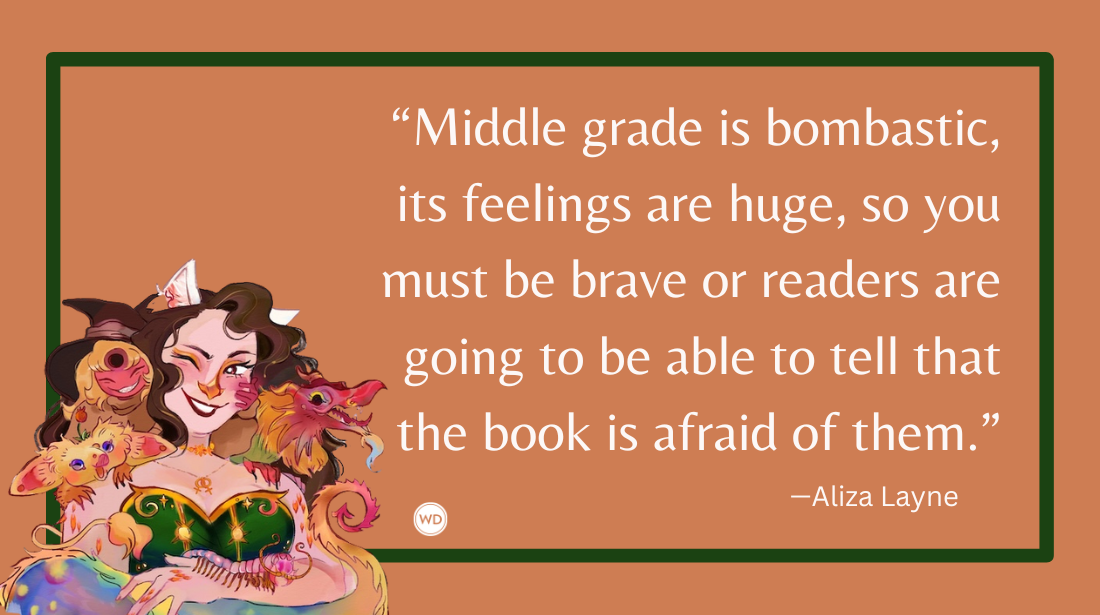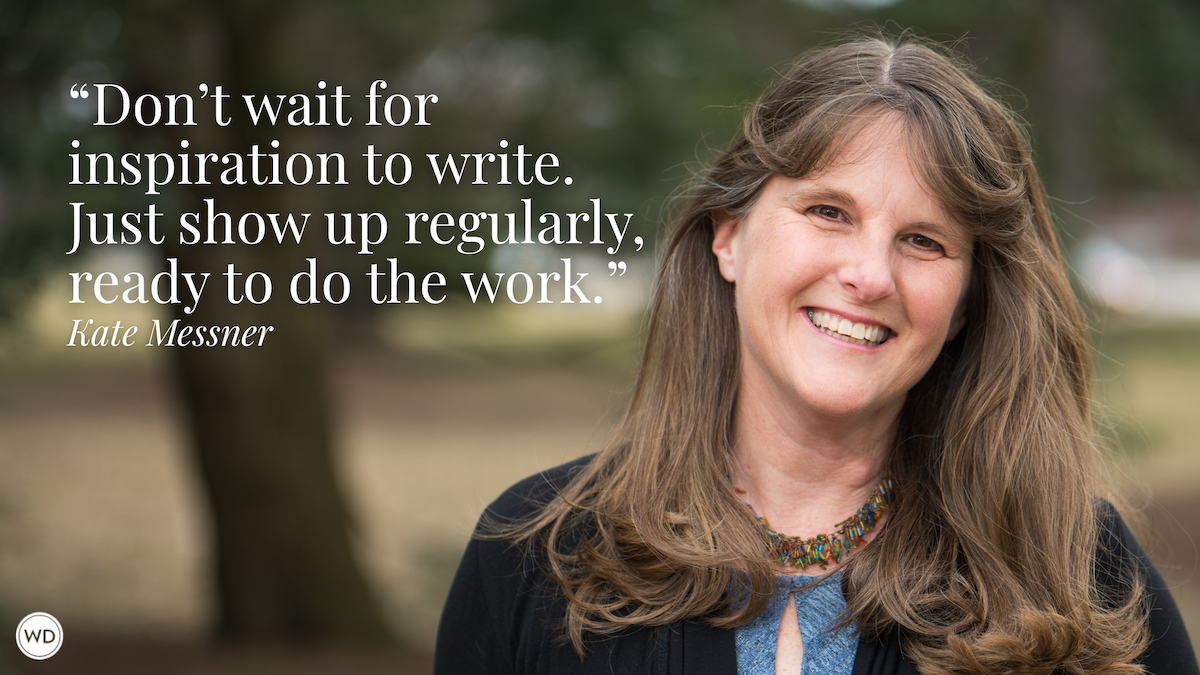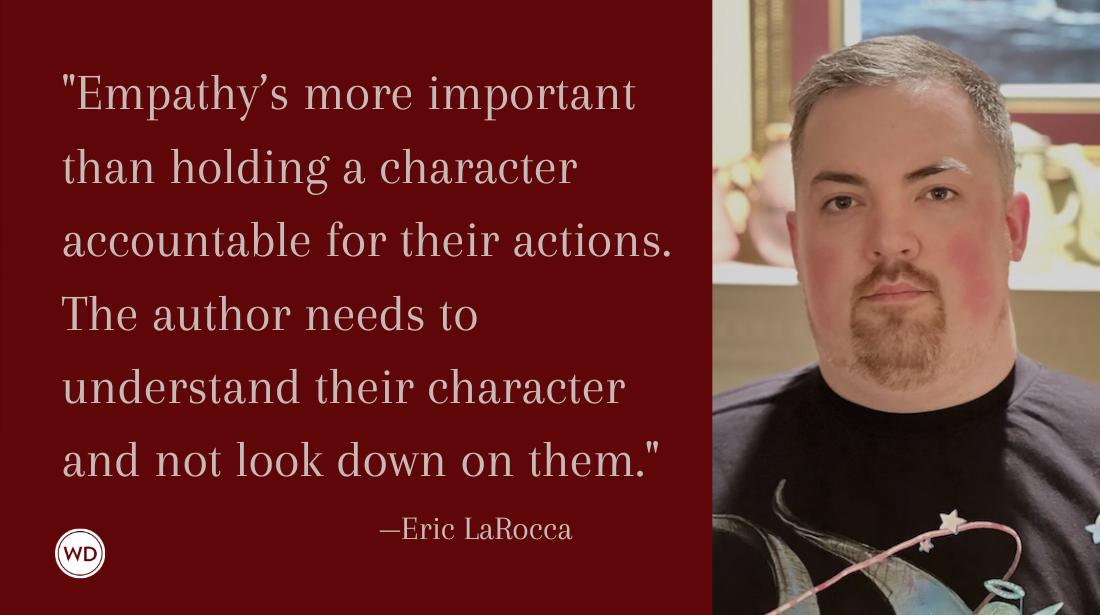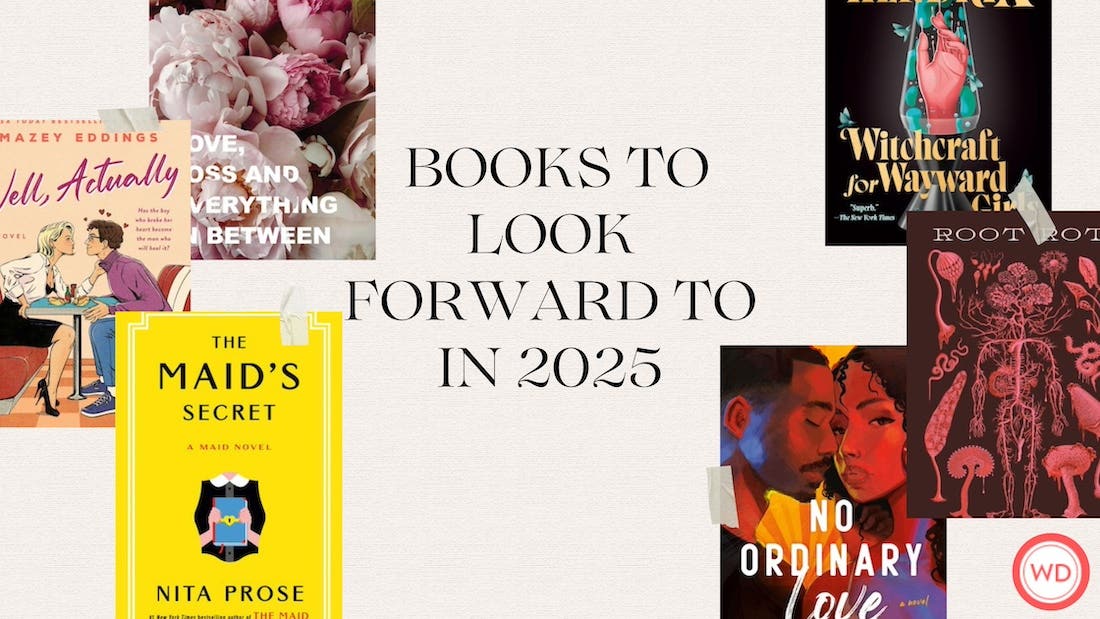How To Introduce Your Hero—Speculative Version
Many novelists give little thought to how they bring their protagonist onstage for the first time. But this is very important.
Many novelists give little thought to how they bring their protagonist onstage for the first time. But this is very important.
Your character’s introduction gives the all-important first impression. It establishes in the reader’s mind who this person is and what he is about. Setting expectations are so important, not only for your hero, but also for your human-eating antagonist, your Elven love interest (if any), and possibly a handful of other supporting characters, as well.
Remember the opening sequence in Raiders of the Lost Ark? The bit in the jungle where Indy is going after the golden idol. By the time that sequence is completed and our hero is flying away in the plane (with a snake in his lap), we know a lot about our main character.
This guest post is by Jeff Gerke. He trains novelists how to better do what it is they’re trying to do. He trains through his books for Writers Digest, which include Plot Versus Character, The First 50 Pages, Write Your Novel in a Month, The Art & Craft of Writing Christian Fiction, and the forthcoming The Irresistible Novel (June 2015). He trains through the many writers conferences he teaches at all over the country every year. And he trains through the freelance editing he does for his clients at jeffgerke.com. He is the author of six published novels, including a trilogy of near-future technothrillers, and he is the founder and former publisher of Marcher Lord Press, a small press dedicated to science fiction and fantasy with a spiritual edge. Jeff lives in Colorado Springs with his wife and three children.
We know he’s an American who goes on international treasure hunts. We know he’s tough, savvy, and fearless. We know he uses a whip and is fond of his fedora. We know he knows his way around ancient ruins. We also know his chief adversary. Finally, we learn about his Achilles’ heel: snakes.
After that lengthy first impression, we know our hero very well and we’ve learned what kind of movie this is going to be. It’s a masterful introduction of the story’s protagonist (and villain). How about putting one of those in your fiction?
With that scene, the storyteller was consciously introducing his protagonist so that all the things we need to know about him are presented.
What is your protagonist’s essential characteristic? Do you know? What is it that makes him heroic and likable? (Because if the reader doesn’t like your hero, you may be doomed almost before you begin.)
What would be an ideal way to show your hero doing something that reveals this essential characteristic? Think of a scene that introduces your speculative story world, is consistent with the tone of your entire story, and shows us exactly who this character is. Make that scene almost like a standalone short story, a little storytelling unit in and of itself.
That’s how to introduce your protagonist.
If you’re going to be sending your hero on a transformational arc during this novel, and I hope you are, think about how you could include in this introductory scene a hint or two about what’s wrong with him. Give us a peek at his problem or flaw or knot or issue that’s going to be the subject of that inner journey.
You do have something wrong or unresolved going on with him, right? I recommend your protagonist have a satisfying inner journey in this crazy speculative book you’re writing. But that means your protagonist must begin in a flawed condition. [Like this quote? Click here to Tweet and share it!] That flaw ought to come out just a bit at some point during the scene in which he first steps onstage.
In summary: the first time we see your protagonist we should see 1) what’s likable/heroic about him (or her or it), 2) what his essential characteristic is, and 3) what weakness or flaw your story is going to address in his inner journey.
If you begin your novel with this introductory scene, it has to bear the double weight of also launching the novel with a bang. If you’re comfortable beginning the book with this first impression scene, then by all means do so.
But if your hero is not necessarily in a heroic situation at the beginning of the book—like how wimpy and unimportant Milo Thatch is at the beginning of Disney’s Atlantis—then consider beginning the novel with another scene (but don’t call it a prologue, even if it is one, since some agents and editors think prologues are verboten—just call it chapter one) that starts with action but doesn’t bring the protagonist onstage just yet.
Be mindful of how you introduce your villain too. Come up with an introductory scene that perfectly reveals his character and shows us what is villainous about him. What is his essential characteristic? How could you show that?
Your important supporting characters should be brought on stage in a carefully crafted way too. Your romantic interest, your sidekick, etc. These scenes don’t have to be long, but they should be thoughtfully created.
Remember the classic scene introducing Han Solo? “Sorry about the mess.” And he totally shot first. Of course he did. Playing fair gets a smuggler killed real quick.
These introductory scenes all still need to advance your story, of course. You can’t stop your story just to have a song and dance to bring on a new character. Every scene has to do double- or triple-duty: introducing a character, advancing the plot, and establishing a location that will be important later, for instance.
Craft the opening scene for your main characters with care and thought. Keep those two Harrison Ford examples in mind as you bring your hero onstage. You’ll reap the benefits later on if you have introduced your main characters correctly.
DON’T MISS OUT!
Be sure to sign up for the Writer’s Digest Online Science Fiction & Fantasy Conference. You’ll hear more great instruction from Jeff, as well as four other award-winning, bestselling authors. You’ll also get a chance to submit a query letter to a participating literary agent for a professional critique and consideration. Go to the conference home page to register or for more information.
Thanks for visiting The Writer's Dig blog. For more great writing advice, click here.
Brian A. Klems is the editor of this blog, online editor of Writer's Digest and author of the popular gift bookOh Boy, You're Having a Girl: A Dad's Survival Guide to Raising Daughters.
Follow Brian on Twitter: @BrianKlems
Sign up for Brian's free Writer's Digest eNewsletter: WD Newsletter








